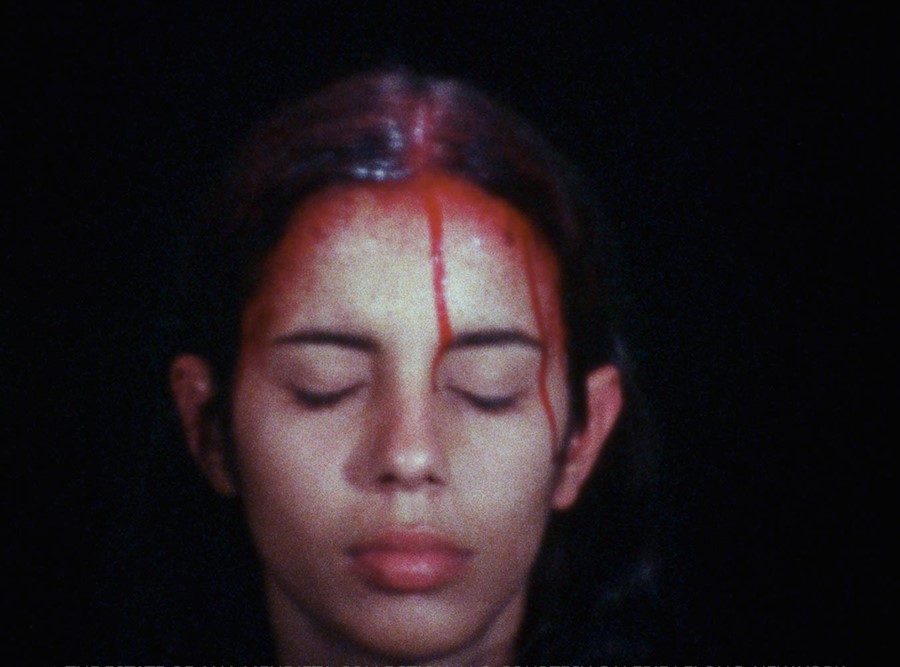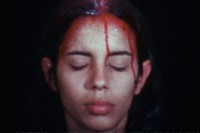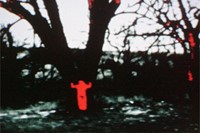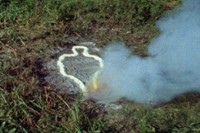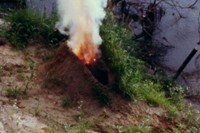As her short films begin a new tour, AnOther considers the late feminist artist and filmmaker, whose life mirrored her work in the most powerful of ways
Who? Ana Mendieta is a Cuban artist who died in mysterious circumstances, falling from her apartment window after a row with her artist husband Carl Andre, just as her star was on the rise. Aged 12, she and her sister were exiled to the U.S. from Cuba to escape Castro’s volatile regime, where, after ricocheting between refugee camps and foster homes, they settled in rural Iowa. It was at the University of Iowa that Mendieta would discover performance art, and here that she began an affair with Hans Breder – the man who introduced her to the cross-disciplinary art of Marcel Duchamp and Yves Klein. By 1978 she had moved to New York and made friends with preeminent female artists Nancy Spero, Carolee Schneemann and Louise Bourgeois. It was Spero that introduced her to Andre, the man who would later become her husband.
What? Covered in Time and History is the largest exhibition of Mendieta’s film work to date. Shot mostly on her Bolex Super 8, her pieces are visceral explorations of gender, heritage and the burden and blessing of female sexuality. The show includes well-known pieces like Blood Sign where Mendieta smears an arc of blood on a white wall and Moffitt Building Piece, in which she films pedestrians passing by a house, deliberately turning a blind eye as blood and entrails trickle through the doorframe onto the pavement. Both were filmed in response to the rape and murder of her fellow university student Sara Ann Otten. Also on show is her famous Silueta series; Mendieta travelled to Mexico every summer seeking out different natural landscapes – sand, flowers, trees, leaves and rubble – into which she carved her own silhouette, like fossils or footprints from an ancient era. Many view these silhouettes as manifestations of Mendieta reclaiming her lost roots, and also returning to the earth as ashes to ashes, dust to dust. The most poignant of the series, however, is her Silhouette of Fireworks, 1976, an enormous silhouette in her own self portrait set ablaze. A modern-day Joan of Arc being burnt at the stake, the piece became an eerie foreshadowing of the martyrdom she was to receive after her passing.
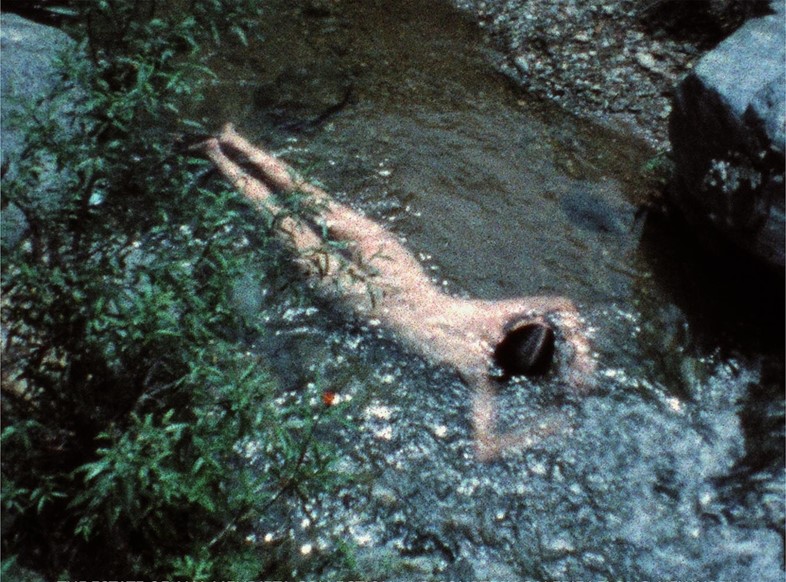
Why? Since her tragic death in 1985, Mendieta has reached near-mythical status. Few artists have been so crucial to so many genres the way she has; from film to feminism, performance art to sculpture. She was adopted as the poster-girl for overlooked female artists in the male-dominated art world of the 1980s, to the extent that, when in 1992 the Guggenheim hosted a group show which included Andre’s work and omitted hers, the opening was picketed with signs reading, “Where is Ana Mendieta?” Whether shrouded in feathers for a self-portrait in Blood + Feathers 1974, or pressing her face against a glass panel, like an animal splattered across a windscreen [Glass on Body Imprints 1972], the unbridled, raw quality of her work remains unparalleled. According to public police reports, when she fell from her window, the force was such that her silhouette was engraved into the building below. It is a cruel irony that her death so closely imitated her art.
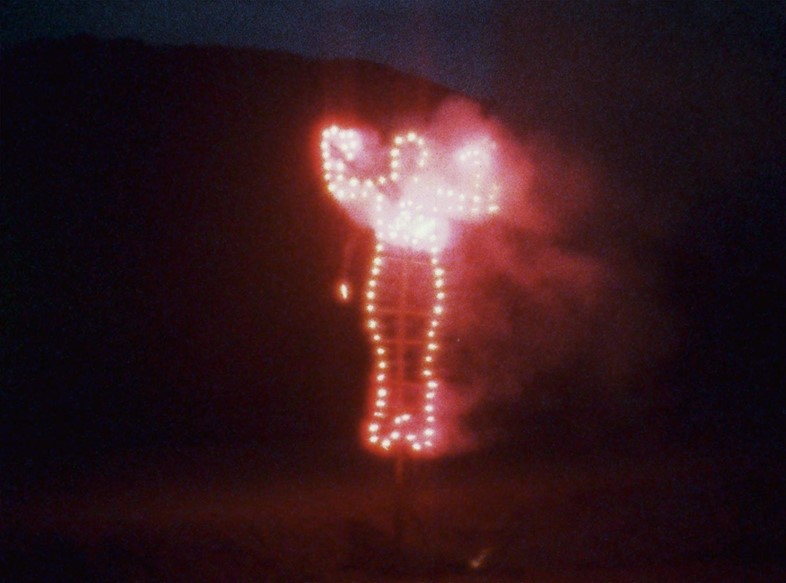
See Ana Mendieta's films in Covered in Time and History: The Films of Ana Mendieta, at the Katherine E. Nash Gallery in Minneapolis until December 12, 2015. The exhibition will then tour to NSU Art Museum in Fort Lauderdale from February 28 until July 3, 2016, and University of California, Berkeley Art Museum and Pacific Film Archive from November 9, 2016 until February 12, 2017.
